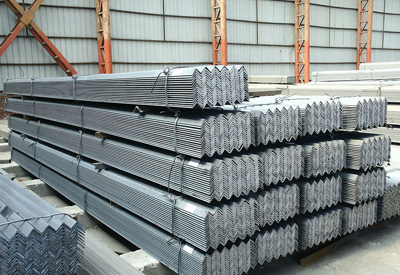RATES for the largest iron-ore-carrying ships fell on Tuesday, ending the longest winning streak since 2006, on speculation demand for cargoes of iron ore will weaken.
Daily charter costs for Capesize vessels, each able to haul at least 150,000 metric tonnes, fell 2.3% to $14,866, figures from the London-based Baltic Exchange showed on Tuesday.
Rates climbed for an 18th session on Monday, the longest run since August 2006, according to data compiled by Bloomberg.
Chinese prices for hot-rolled coil, a benchmark steel grade used in cars and construction, dropped 17% this year, data from Metal Bulletin show. Steel reinforcement-bar futures retreated 7.3% last quarter in Shanghai trading, the fourth drop in five.
China is the world’s biggest consumer of iron ore.
"We are in the quiet season now for Chinese steel consumption, so we would only expect this rally in iron-ore shipments to last so long," Dominic Meredith Hardy, an analyst at Galbraith’s, a London-based shipbroker, said by e-mail on Tuesday.
"There are still a lot of Capes in the market."
The Capesize fleet swelled 2.6% this year after expanding a record 82% between 2008 and last year, according to data compiled by Bloomberg. Charter rates fell on Tuesday on all nine Capesize routes tracked by the exchange for the first time since May 15.
The Baltic dry index, a broader measure of costs to transport raw materials by sea, slid 0.8%, according to the exchange.
Among the three classes of smaller vessels tracked by the gauge, Panamaxes, about half as big as Capesizes, added 0.2% to $8,080 a day. That was the highest rate since May 1.
Supramaxes slid 0.3% to $9,954 and Handysizes, the smallest ships in the index, climbed 0.4% to $8,342.
Iron-ore shipments from Australia’s Port Hedland, the world’s biggest bulk terminal, declined from a record last month.
Exports totalled 27.7-million tonnes last month from 27.9-million tonnes in May, while shipments to China were 22.9-million tonnes from 23.3-million in May, data on the Port Hedland Port Authority’s website showed.
Still, total shipments averaged 924,823 tonnes a day last month compared with 899,945 tonnes a day in May, according to Bloomberg calculations.
Iron ore fell 26% from a 16-month high in February on concern that expansion in China is faltering. Two gauges of China’s manufacturing fell last month, underscoring a sustained slowdown in the economy as policy makers seek to rein in financial speculation and land prices.
Weaker gains in manufacturing and a cash squeeze in the banking system add to odds that Li Keqiang will become the first premier to miss an annual growth target since the Asian financial crisis in 1998.
"Momentum appears to be easing," Australia & New Zealand Banking Group analysts including Mark Pervan and Natalie Rampono wrote in a report on Monday. "The third quarter tends to be seasonally weak for industrial activity in China, so we remain cautious on bulk demand near term."
Copyright © 2013 Ferro-Alloys.Com. All Rights Reserved. Without permission, any unit and individual shall not copy or reprint!
- [Editor:editor]



 Save
Save Print
Print Daily News
Daily News Research
Research Magazine
Magazine Company Database
Company Database Customized Database
Customized Database Conferences
Conferences Advertisement
Advertisement Trade
Trade










 Online inquiry
Online inquiry Contact
Contact

Tell Us What You Think